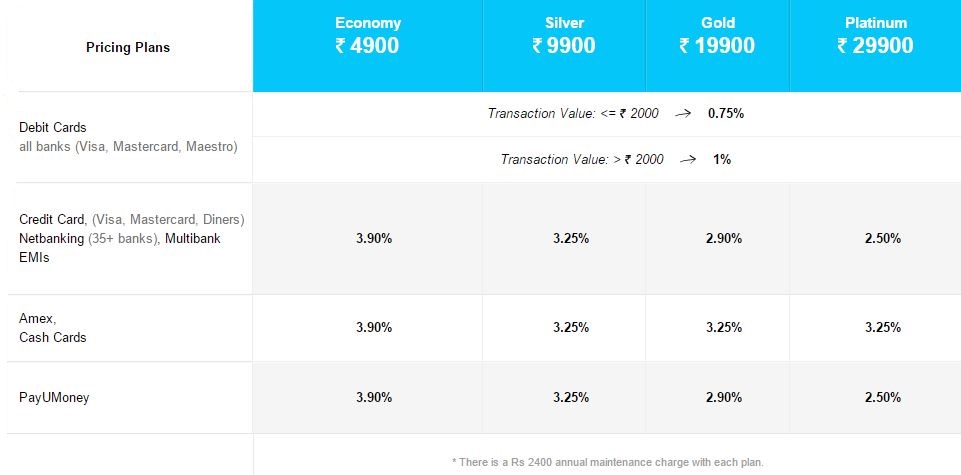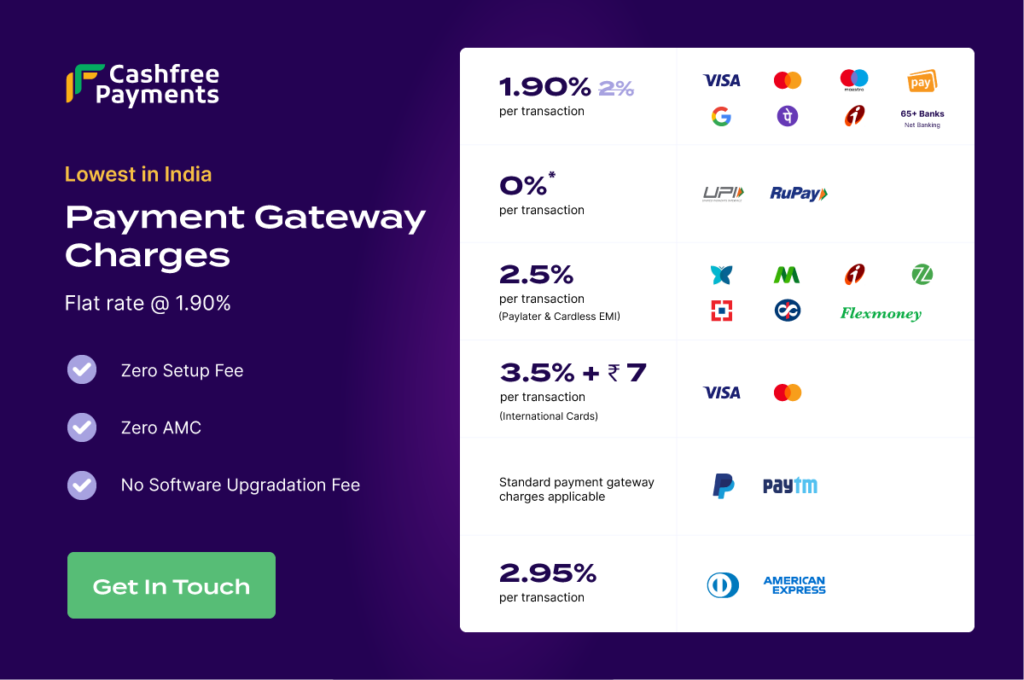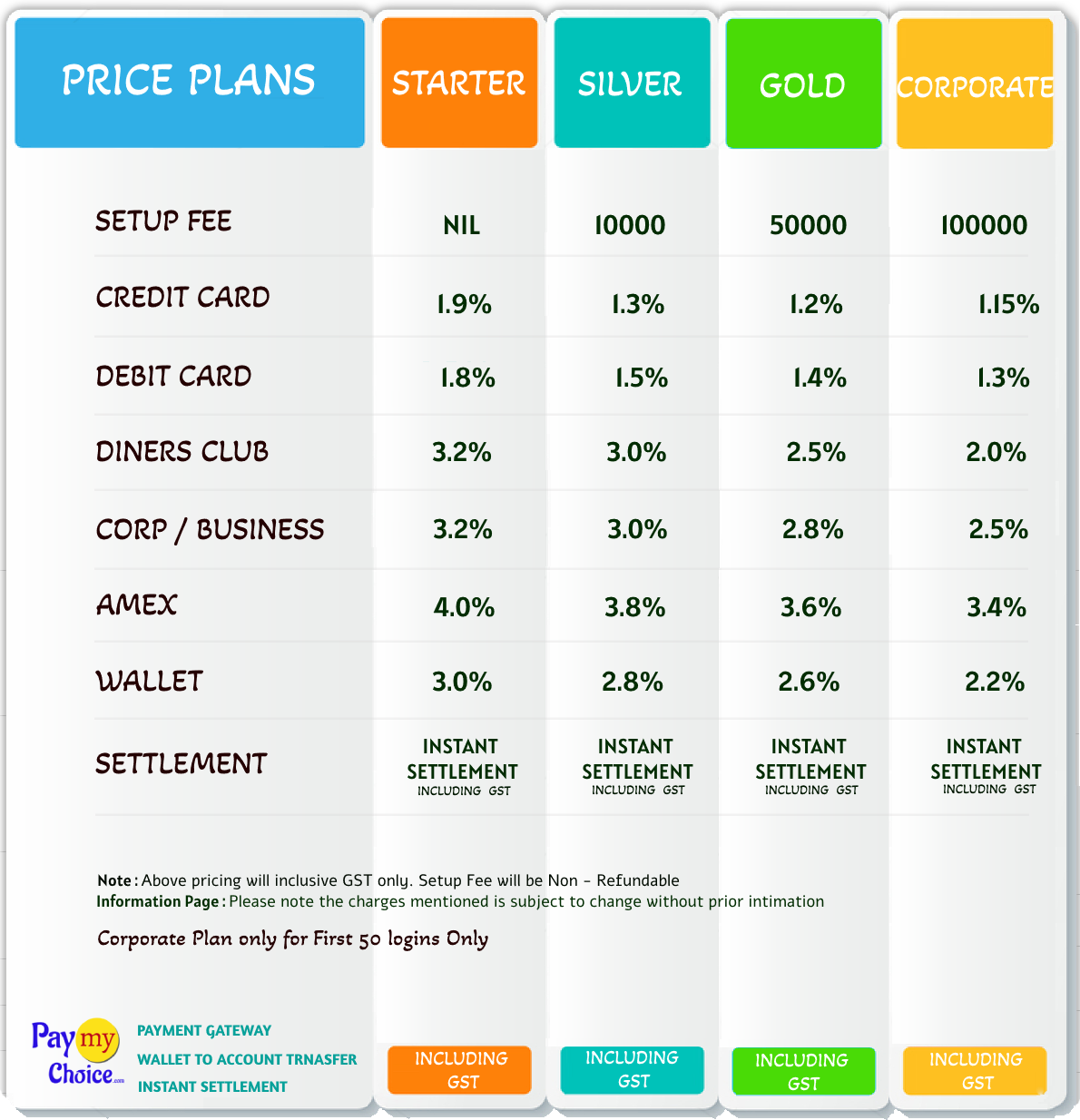Understanding payment gateway pricing can be complex. Each provider offers different rates and fees.
Payment gateways are essential for online businesses. They handle transactions, ensuring secure payments. But, the costs can vary widely. Knowing these differences helps you choose the best option. In this blog, we’ll explore the factors affecting payment gateway pricing. From transaction fees to monthly charges, you need to be aware of all costs.
We’ll also discuss the hidden fees that can surprise you. With this information, you can make an informed decision. Let’s dive into the world of payment gateway pricing and find the best solution for your business needs.

Credit: www.brandloom.com
Introduction To Payment Gateways
In the digital age, payment gateways are essential. They facilitate online transactions. They also ensure secure payment processing. Without them, e-commerce would be impossible. This section will introduce you to the concept of payment gateways.
What Is A Payment Gateway?
A payment gateway is a software application. It connects an e-commerce site to the bank. This connection allows for secure payment processing. Payment gateways play a crucial role in online transactions. They encrypt sensitive data like credit card numbers. This ensures safe and secure transactions.
Payment gateways also authorize payments. They check if the customer has enough funds. They also ensure that the transaction is legitimate.
Importance In E-commerce
Payment gateways are vital for e-commerce businesses. They enable smooth and secure transactions. This builds trust with customers. A reliable payment gateway can boost your business reputation.
There are many benefits of using a payment gateway. It reduces the risk of fraud. It also provides a seamless checkout experience. This can lead to higher customer satisfaction.
Different payment gateways offer various features. Some provide multi-currency support. Others offer recurring billing. Choose the one that best suits your business needs.
| Feature | Benefit |
|---|---|
| Multi-currency support | Allows international transactions |
| Recurring billing | Automates subscription payments |
| Fraud detection | Reduces risk of fraudulent transactions |
Types Of Payment Gateways
Understanding the different types of payment gateways can help businesses choose the best option. Payment gateways are essential for online transactions. They ensure secure and smooth payments. Here, we explore the major types of payment gateways.
Hosted Vs. Non-hosted
Payment gateways can be classified into hosted and non-hosted solutions.
Hosted Payment Gateways redirect customers to the payment service provider’s (PSP) page. Examples include PayPal and Stripe. They handle the entire payment process. This ensures security and PCI compliance. However, it may result in a less seamless user experience.
Non-Hosted Payment Gateways keep the customer on your site during the payment process. This type requires more technical setup. It offers a seamless experience. Examples include Authorize.Net and Square. It requires your site to be PCI compliant.
Integrated Solutions
Integrated payment gateways connect directly with your website. They offer advanced features. These can include fraud detection, recurring billing, and multi-currency support. Examples are Braintree and Adyen. They require technical knowledge for setup.
| Type | Description | Examples |
|---|---|---|
| Hosted | Redirects to PSP page, handles security | PayPal, Stripe |
| Non-Hosted | Keeps customer on site, requires PCI compliance | Authorize.Net, Square |
| Integrated | Direct connection, advanced features | Braintree, Adyen |
Choosing the right payment gateway depends on your business needs. Consider factors like user experience, security, and technical requirements. Proper selection can enhance the payment process and customer satisfaction.
Common Pricing Models
When it comes to selecting a payment gateway, understanding the pricing models can help you make an informed decision. Different gateways use various pricing strategies, each with its own pros and cons. Here, we explore the most common pricing models: flat-rate pricing and tiered pricing.
Flat-rate Pricing
Flat-rate pricing is straightforward. You pay a fixed percentage per transaction. This model is simple to understand and manage. It’s ideal for small businesses or startups.
- Predictable costs: You know exactly what you’ll pay for each transaction.
- Easy to calculate: No need to worry about different rates for different types of cards.
- Consistent fees: Whether the transaction is $5 or $500, the percentage remains the same.
For example, if the flat rate is 2.9% + $0.30 per transaction, a $100 transaction would cost you $3.20.
Tiered Pricing
Tiered pricing is more complex. It categorizes transactions into different tiers based on factors like card type and transaction risk.
| Tier | Rate |
|---|---|
| Qualified | 1.5% + $0.10 |
| Mid-qualified | 2.5% + $0.20 |
| Non-qualified | 3.5% + $0.30 |
In this model, a $100 transaction could cost between $1.60 and $3.80, depending on the tier it falls into. It can be beneficial for businesses with a high volume of low-risk transactions.
By understanding these common pricing models, you can better navigate the payment gateway landscape and choose the one that suits your business needs.
Transaction Fees
Understanding transaction fees is crucial for any business using a payment gateway. These fees are what payment processors charge for processing payments. They can vary significantly based on the provider and the type of transaction. Knowing these fees helps in budgeting and choosing the right payment gateway.
Percentage-based Fees
Percentage-based fees are common in payment gateways. They take a small percentage of each transaction. This fee usually ranges from 1% to 3%. For example, if you sell a $100 item and the fee is 2%, you will pay $2. This fee structure is beneficial for low-cost transactions.
| Transaction Amount | Fee Percentage | Fee Amount |
|---|---|---|
| $100 | 2% | $2 |
| $200 | 2% | $4 |
| $500 | 2% | $10 |
Fixed Fees
Fixed fees are another type of transaction fee. They charge a set amount per transaction. This fee does not change with the transaction amount. For example, you might pay $0.30 per transaction, regardless of the sale amount. This structure is beneficial for high-value transactions.
- Example 1: You sell a $10 item. The fee is $0.30.
- Example 2: You sell a $500 item. The fee is still $0.30.
In some cases, payment gateways combine both percentage-based and fixed fees. This means you pay a small percentage plus a fixed fee per transaction. For instance, a fee structure might be 2.9% + $0.30 per transaction.
Fee = (Transaction Amount Percentage Fee) + Fixed Fee
Choosing the right fee structure depends on your business model. If you handle many low-cost transactions, percentage-based fees may be better. For high-value transactions, fixed fees can save you money.
Monthly And Annual Fees
Understanding the monthly and annual fees of a payment gateway is crucial. These fees can significantly affect your overall costs. This section will break down the various fees you might encounter.
Subscription Costs
Most payment gateways charge a subscription fee. This fee can be monthly or annual. The amount depends on the service provider. Here is a table to help you understand better:
| Provider | Monthly Subscription | Annual Subscription |
|---|---|---|
| Provider A | $20 | $200 |
| Provider B | $15 | $150 |
| Provider C | $25 | $250 |
As you can see, choosing an annual subscription can save you money. Always check if the service meets your needs before committing.
Maintenance Fees
Some payment gateways charge maintenance fees. These fees are for keeping the service running smoothly. They cover:
- System upgrades
- Security updates
- Customer support
Maintenance fees can be a flat rate or a percentage of your transactions. Here is an example:
| Provider | Monthly Maintenance Fee | Annual Maintenance Fee |
|---|---|---|
| Provider A | $10 | $100 |
| Provider B | $8 | $80 |
| Provider C | $12 | $120 |
Make sure to factor in these costs. They can add up over time. It’s also wise to compare multiple providers to find the best deal.
Additional Service Fees
Payment gateways charge additional fees beyond the basic transaction fees. These fees cover various services and can affect overall costs. Understanding these fees helps businesses manage their expenses better.
Chargeback Fees
Chargebacks happen when a customer disputes a transaction. Payment gateways charge a fee for handling these disputes. The fee is usually between $20 to $50 per chargeback. This fee can add up quickly if disputes are frequent.
Gateway Setup Fees
Setting up a payment gateway often comes with an initial fee. This setup fee varies by provider. Some providers charge a one-time fee, while others may waive it. The setup fee can range from $50 to $200. It’s important to consider this fee when choosing a provider.
| Service | Typical Fee Range |
|---|---|
| Chargeback Fees | $20 – $50 per dispute |
| Gateway Setup Fees | $50 – $200 |
Additional service fees are vital to understand for budgeting purposes. Always review the fee structure carefully before selecting a payment gateway.
Factors Influencing Costs
Understanding the costs of payment gateways is crucial for businesses. Various factors impact the overall pricing. Knowing these can help in making informed decisions. Below are some of the primary factors.
Business Volume
The volume of transactions processed monthly affects costs. Higher volumes often lead to lower per-transaction fees. Payment gateways offer tiered pricing to accommodate different business sizes. Here’s a quick look at how business volume can influence costs:
| Monthly Transactions | Fee Per Transaction |
|---|---|
| 0-1,000 | $0.30 |
| 1,001-10,000 | $0.25 |
| 10,001+ | $0.20 |
Type Of Transactions
The type of transaction also impacts payment gateway pricing. Different transactions have different costs. For example, domestic and international transactions often have varied fees. Below is a simple breakdown:
- Domestic Transactions: Lower fees due to fewer intermediaries.
- International Transactions: Higher fees because of currency conversion and additional processing.
- Credit Card Payments: Often have higher fees compared to debit cards.
- ACH Payments: Typically lower fees as they use bank-to-bank transfers.
Choosing the right payment gateway requires understanding these factors. Both business volume and transaction type can significantly influence costs. By considering these elements, businesses can optimize their payment processing expenses.

Credit: www.brandloom.com
Tips For Choosing A Payment Gateway
Choosing the right payment gateway is crucial for your business. It impacts your costs, user experience, and overall efficiency. Here are some tips to help you make the best choice for your needs.
Comparing Costs
Pricing structures vary among payment gateways. Some charge a fixed fee per transaction, while others have a percentage-based fee. It’s important to understand the different costs involved:
- Transaction Fees: These are fees for each transaction processed. They can be a flat rate or a percentage of the transaction amount.
- Setup Fees: Some gateways charge an initial setup fee. This is a one-time cost to start using their services.
- Monthly Fees: A few gateways have monthly subscription fees. This can include various features and support services.
- Hidden Costs: Look out for hidden fees. These can include charges for refunds, chargebacks, or currency conversion.
| Payment Gateway | Transaction Fees | Setup Fees | Monthly Fees |
|---|---|---|---|
| Gateway A | 2.9% + $0.30 | $50 | $20 |
| Gateway B | 2.7% + $0.25 | $0 | $25 |
| Gateway C | 3.0% + $0.35 | $100 | $15 |
Evaluating Features
The right payment gateway should have features that meet your business needs. Here are some key features to consider:
- Security: Ensure the gateway offers robust security features. Look for PCI DSS compliance and fraud prevention tools.
- Integration: Check if the gateway integrates easily with your website and other systems. This can save you time and reduce errors.
- Customer Support: Reliable customer support is crucial. It helps resolve issues quickly and keeps your business running smoothly.
- Multi-Currency Support: If you have international customers, choose a gateway that supports multiple currencies.
- Mobile Payments: With more customers using mobile devices, ensure the gateway supports mobile payments.
Choosing the right payment gateway involves careful consideration of costs and features. By comparing pricing and evaluating key features, you can make an informed decision. This will ensure your business runs smoothly and efficiently.

Credit: www.paymychoice.com
Frequently Asked Questions
What Is A Payment Gateway?
A payment gateway is a service that processes online payments for e-commerce sites.
How Do Payment Gateways Work?
They encrypt and transmit payment information securely between customer, merchant, and bank.
Are There Different Types Of Payment Gateways?
Yes, there are hosted and integrated payment gateways. Each has its own advantages.
What Fees Do Payment Gateways Charge?
Fees vary but often include setup, transaction, and monthly fees.
How Can I Choose The Best Payment Gateway?
Consider cost, security, ease of integration, and customer support.
Do Payment Gateways Support All Currencies?
Many support multiple currencies, but check if your required currency is included.
Are Payment Gateways Secure?
Yes, they use encryption and other security measures to protect transactions.
Conclusion
Choosing the right payment gateway impacts your business costs significantly. Research and compare various options. Balance between features and pricing. Opt for a gateway that suits your business needs. Always consider customer experience and security. Prioritize transparency in fees and charges.
This ensures no hidden surprises. With careful selection, you can optimize costs. Invest time in understanding each gateway’s pricing structure. This helps in making an informed decision. Your business deserves the best combination of affordability and functionality. Stay informed and choose wisely for long-term benefits.



